KEEP UP WITH OUR DAILY AND WEEKLY NEWSLETTERS
PRODUCT LIBRARY
BMW releases the upgraded vision neue klasse X, with a series of new technologies and materials especially tailored for the upcoming electric smart car.
following the unveiling at frieze LA 2024, designboom took a closer look at how the color-changing BMW i5 flow NOSTOKANA was created.
connections: +630
each unit draws inspiration from emergence, featuring a hexahedron-based structure that facilitates integration into larger systems.
connections: 96
brian eno revives his color-changing neon turntable for the second time, on display too at paul stolper gallery in london until march 9th, 2024.
connections: +380
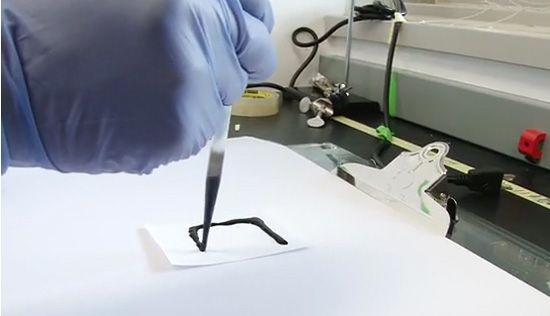
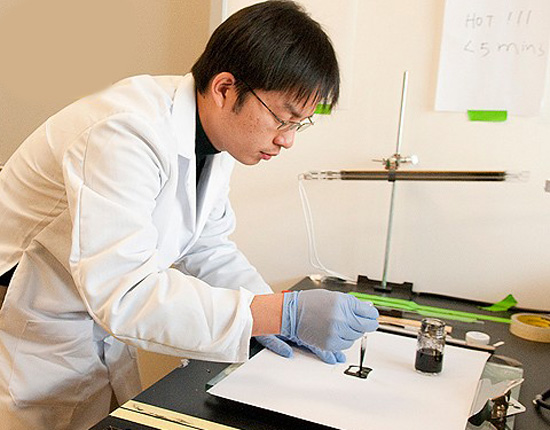 bing hu prepares a small square of ordinary paper with an ink that will deposit carbon nanotubes and silver nanowires on the surface that can then be charged with energy to create a battery.
bing hu prepares a small square of ordinary paper with an ink that will deposit carbon nanotubes and silver nanowires on the surface that can then be charged with energy to create a battery.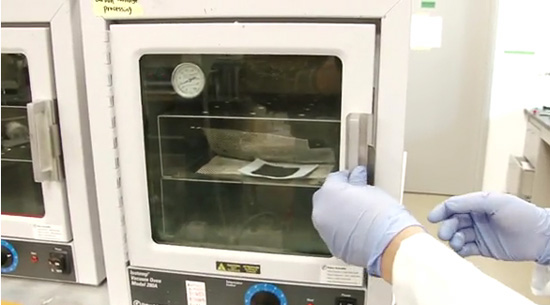 …it turns into a battery or supercapacitor…
…it turns into a battery or supercapacitor…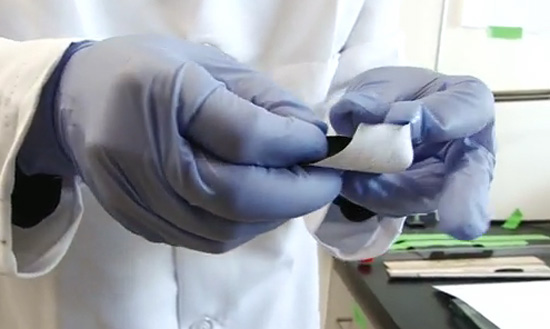 …even if you crumple the piece of paper…
…even if you crumple the piece of paper…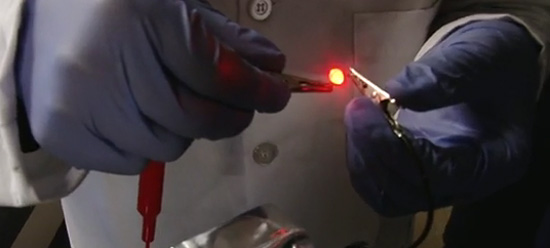 …it still works. all images courtesy standford university
…it still works. all images courtesy standford university


